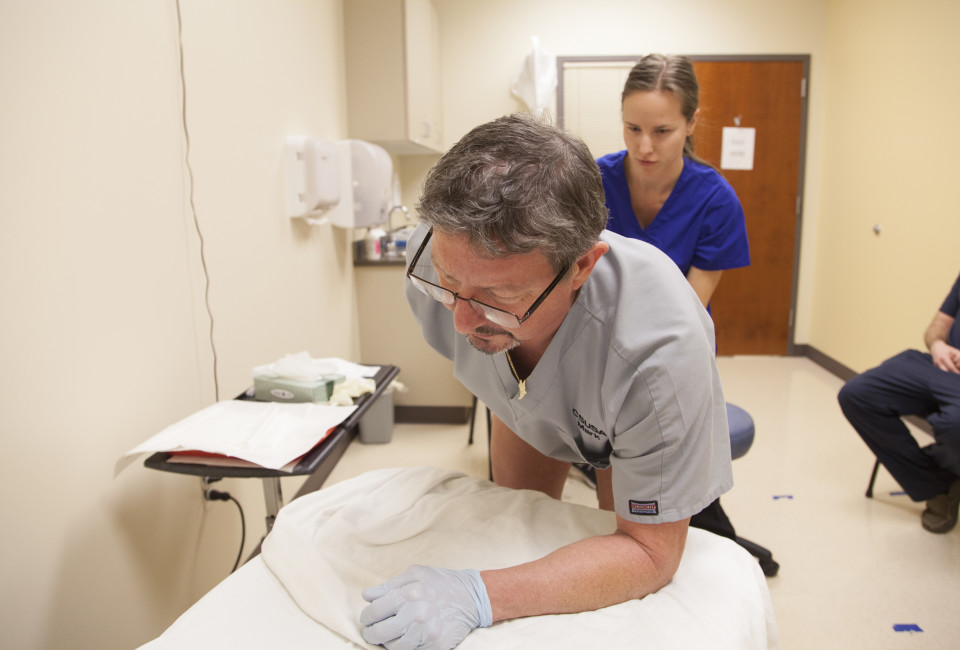Prostate Exam for Men
A digital rectal exam is a medical examination of the urethra by a doctor
It is also known as blood test, prostate exam, and prostate ultrasound. The examination will examine the function of the prostate gland, the size of the prostate gland, and other important information about the prostate.
If you've recently been diagnosed with prostate cancer, a digital rectal exam may be the only test needed to determine if the cancer has spread or if you are a healthy candidate for surgery. A digital rectal exam can also be used to monitor symptoms of prostate cancer or to detect a condition known as prostatitis.
There are many reasons why a digital rectal exam is needed in a variety of conditions. The examination is usually carried out on an outpatient basis, without an overnight stay in the hospital. Expect to find yourself in the waiting room of the same doctor's office where you saw the examination. This will most likely take about fifteen minutes and there will be a period of light to light pressure.
You should be aware that an examination cannot diagnose cancer. This is why it is called a digital rectal exam, a prostate specific antigen (PSA) test, or a prostatitis test. This exam does not show signs of cancer, and doctors often do not recommend it unless they have ruled out other possible causes of the symptoms.
The PSA test can be used to screen for prostate cancer in men who have had one or more PSA tests in the past but had no signs of cancer at the time. Prostate cancer screening tests have been shown to be more accurate than conventional tests in detecting early symptoms of prostate cancer.
Another reason for the need for this examination is to identify prostatitis, which is a complication of prostate cancer. Symptoms of prostatitis include severe pelvic pain, itching, and bleeding in the genital area. This is because the immune system attacks the prostate gland and leads to inflammation and infection.

For testing, the doctor inserts a gloved finger or speculum into the urethra and looks for a lump or change in appearance. There may be an obvious lump, but usually there are no symptoms or signs of a serious illness, so the analysis is not definitive.
Digital Rectal exams are generally safe and painless and do not require anesthesia. However, if there is a change in the symptoms or the size of the lump, it may be necessary to get an EKG to confirm if an abnormal tissue is present or to get blood drawn to confirm that the test has found an abnormally large or small prostate. Digital rectal exams are not suitable for patients with a history of bladder or kidney problems, so you should contact your doctor immediately if any of these problems occur. Any changes in the appearance of your exam should also be reported to your doctor as well.
For many men, a physical exam is a routine part of their yearly medical exams. Some doctors may perform the exam on a first visit, while others prefer to schedule the exam after your annual physical. A doctor can diagnose the condition of your prostate with a simple physical exam, so it is important to keep your doctor informed of any symptoms or changes that you may be experiencing.
Other than pelvic pain, there are many other symptoms that may indicate prostate disease. Some of the more common symptoms are weight gain, unexplained fatigue, pain and discomfort in the lower abdomen or upper thighs, unexplained fever, painful ejaculation, and loss of interest in sex. Many times prostate cancer can be detected by a self-examination of the prostate gland, though it is not always easy to know if a symptom means a more serious problem with your prostate or not.
Sometimes it is difficult to diagnose cancer, so a professional medical diagnosis may be necessary, and an exam may be necessary. In some cases, a physician will perform the test on themselves and then send the specimen to a laboratory to see if any of the symptoms are related to prostate cancer.
Symptoms of this disease may seem normal to you at the time, and you may not realize that something else is wrong. However, the prostate gland is a delicate structure, and many men may feel uncomfortable, even painful during the exam. If any of these symptoms persist after the exam has been completed, it is important to go to the doctor right away.